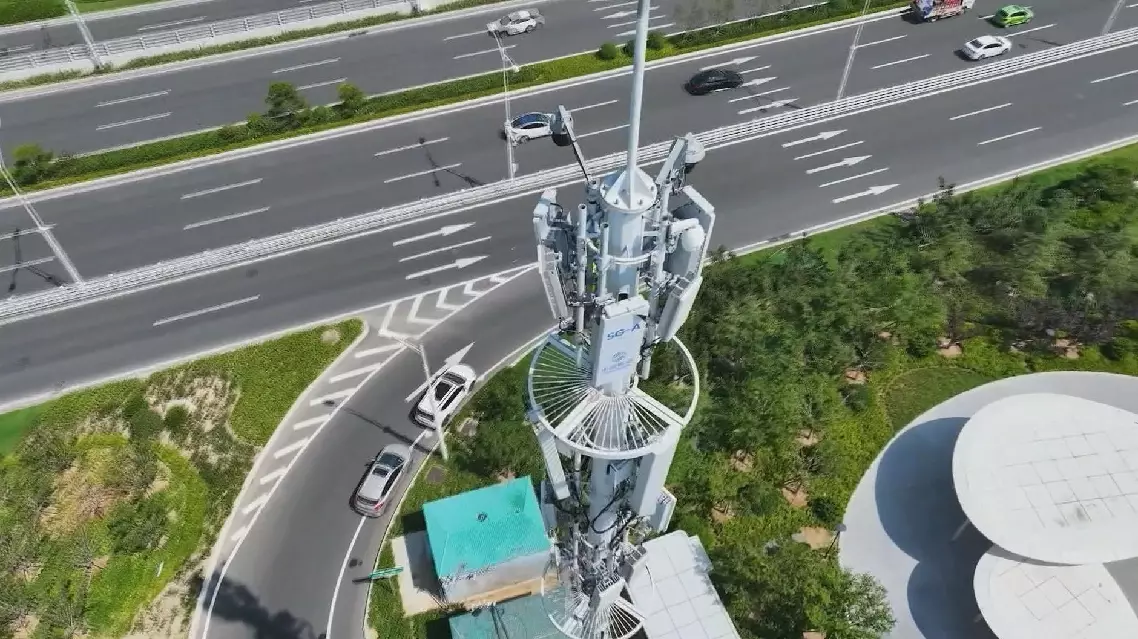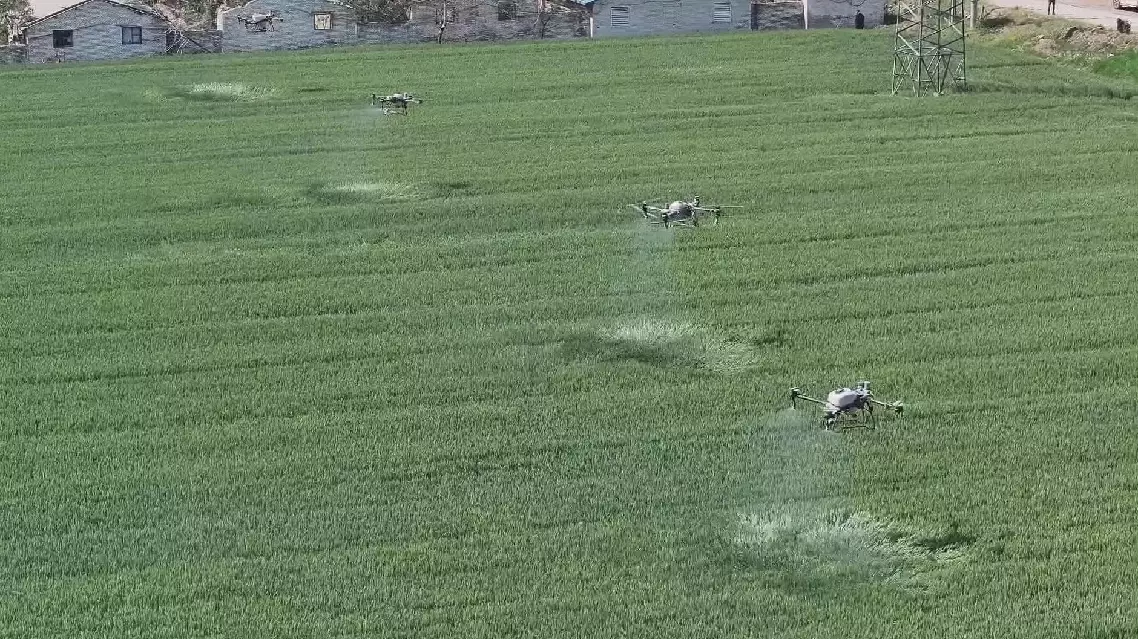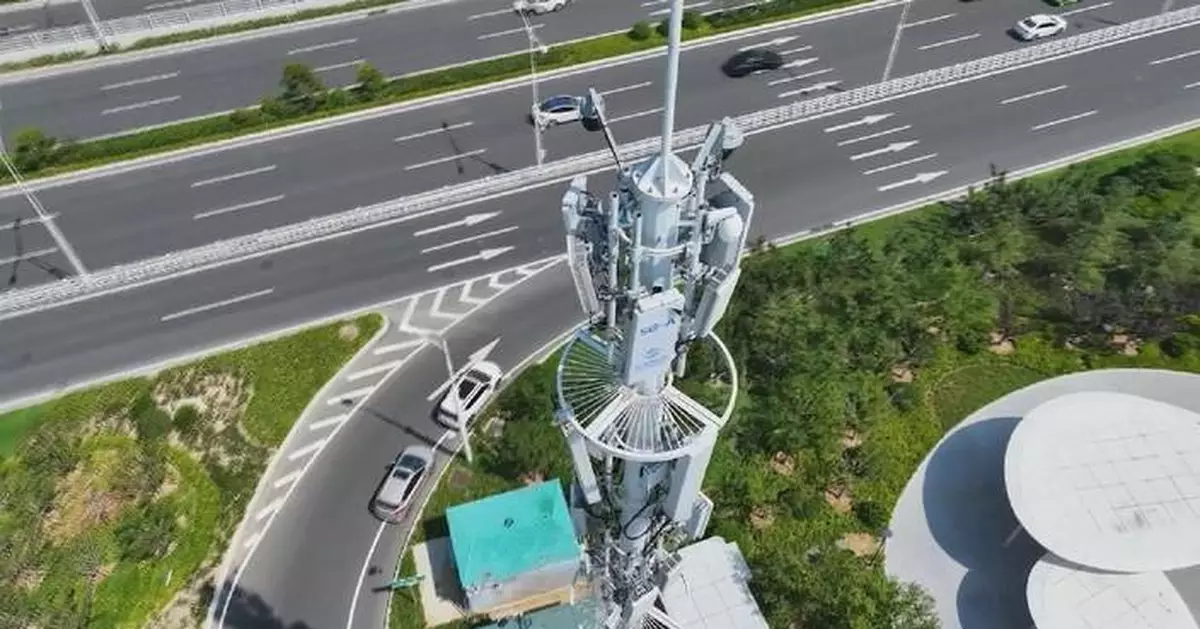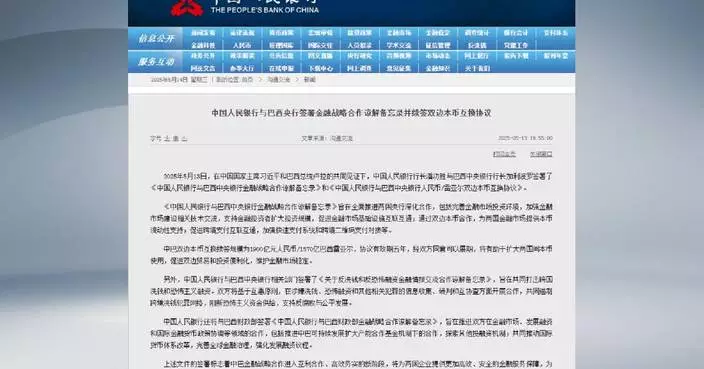China now boasts over 200 cities with gigabit network coverage, accounting for nearly two-thirds of all prefecture-level cities, an official of the Ministry of Industry and Information Technology said in Nanning City, south China's Guangxi Zhuang Autonomous Region, on Friday.
"So far, 207 cities nationwide have been built into gigabit cities, with over 210 million gigabit users. We have achieved gigabit network coverage across all counties," said Zhao Ce, deputy director of the Information and Communications Development Department of the ministry at a gigabit network application innovation competition.
He said that the ministry will continue to expand gigabit fiber network coverage in urban areas and extend it to towns and rural villages based on demand, promoting balanced regional development.
The official said efforts will also focus on deepening gigabit applications in vertical industries such as intelligent manufacturing, smart transportation, energy, and culture and tourism.
China will also systematically advance 10-gigabit optical network trials, aiming to overcome key challenges, accelerate the establishment of a mature 10-G industry chain, and build a complete industrial system, Zhao said.
Currently, 86 cities nationwide have launched 10G optical network piloting across 168 communities, factories, and industrial parks, signaling a rapid evolution of fiber network industry from gigabit to 10G.
"China will orderly advance the deployment of 10G optical network pilots and pace up to push the network toward ultra-high-speed, large-capacity, and intelligent development. During the 15th Five-Year Plan period (2026-2030), gigabit access technologies are expected to become the mainstream. In the future, key technologies for 10G optical networks will first be piloted in selected cities, and through their demonstration, they will guide and drive the gradual rollout of 10G piloting applications across the country," said Li Shaohui, director of the Broadband Business Department under the China Academy of Information and Communications Technology.
Today, gigabit optical networks are already empowering sectors of industry, education, medical care, energy, and agriculture, with innovative applications emerging across 87 of China's 97 major economic sectors.
As 10G pilot projects officially get underway, many existing gigabit projects are now gearing up for a full upgrade to 10G speeds.

China steps into new era of gigabit popularization
Regions across China are leveraging drones and advanced farm machinery to manage grain production.
There are three different grain production seasons in China: summer grain, early rice and autumn grain, accounting for about 21 percent, 4 percent and 75 percent of the annual grain output respectively.
Traditionally, the summer harvest spans from May to late June in China every year, with most of the work focusing on reaping winter wheat, a staple grain crop, and rapeseed.
The winter wheat planted in more than 250,000 mu (16,667 hectares) of fields in Pinglu County, Yuncheng City of north China's Shanxi Province is now entering the ripening period which is crucial for the grain formation.
Located in a mountainous region, the county has scattered plots which poses challenges to manual pest and disease control. Facing the challenge, the county's agricultural department has designated the scattered plots as specific areas for drone spraying, combining human efforts with drone technology to ensure that no part of the field is left untreated.
The local authorities have deployed drones to cover over 30,000 mu (2,000 hectares) of crop fields per day. Flying over the fields, the drones are spraying pesticides and fertilizer to ensure the health and productivity of wheat crops and a bountiful summer grain harvest.
As the summer grain harvest draws near, major agricultural provinces, including Sichuan in southwest China, Hubei in central China, and Jiangxi in east China, have already begun harvesting rapeseeds.
In Zitong County, Mianyang City, Sichuan Province, rapeseed farmers are reaping a bountiful harvest. In a local agricultural park, six combine harvesters can be seen shuttling across the fields, with their gears whirring as rapeseed stalks being fed into the machines.
The entire process, from harvesting to threshing, separating, and crushing, is fully automated. The crushed rapeseed shells and straw are evenly spread across the fields, while the harvested seeds are transported to drying facilities before being sold or processed into oil for consumption.
This year, Zitong County has deployed over 1,200 harvesters to assist local farmers, with the mechanization rate in harvesting exceeding 80 percent, leading to a 30 percent reduction in harvesting costs. The full harvest is expected to be completed by the end of this month.
Meanwhile, in Jingmen City, Hubei Province, the introduction of two-stage rapeseed harvesting technology has substantially improved grain yields. The new technique involves cutting down the rapeseed, leaving it to dry on the field for a few days before using machines to gather and thresh the seeds.
This innovation has reduced the seed loss rate from 30 percent to less than 8 percent. By now, 758,000 mu (50,533 hectares) of the city's 2.32 million mu (154,667 hectares) of winter rapeseed have been harvested, accounting for more than 30 percent of the crop to be harvested. The harvest is expected to be completed by May 21.
In Linchuan District of Fuzhou City in Jiangxi Province, the rapeseed harvest is nearing its end. Local farmers are racing to take advantage of the favorable weather conditions, using advanced machinery to ensure a smooth and efficient harvest.
The area under rapeseed cultivation in the Linchuan District alone surpasses 100,000 mu (6,667 hectares). More than 2,800 farming households have begun harvesting since late April, with the mechanical harvesting rate exceeding 90 percent.

Chinese farms use drones, advanced farm machinery to manage grain production






















































